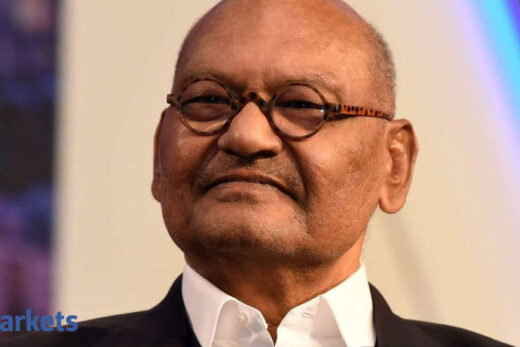Gupta expects India’s GDP growth to slow to 7.7 per cent in 2022-23 from over 9 per cent in the current financial year as exports are likely to moderate. However, she expects broad growth momentum to improve over the next quarters aided by government capex and pent-up consumer demand.
“[Growth] recovery has been more pronounced after the second wave than we had expected,” Jain said as she highlighted that the consumer economy will drive growth till the end of the current fiscal year.
Jain suggested that the output gap in the economy, which is the difference between potential GDP growth and actual GDP growth, will remain negative even in the next financial year and will only be filled in 2023-24. UBS Securities expects Indian GDP to grow at a long-term growth rate of 6 per cent in 2023-24.
On inflation, Jain expects the consumer price index to average at 5.4 per cent in the current financial year and 4.8 per cent in 2022-23 as she expects a gradual withdrawal of the easy money policy by the Reserve Bank of India.
Unlike many of her peers, Jain is betting only on a change of stance by the Monetary Policy Committee in the March quarter followed by an increase in interest rate in the second half of the next financial year as she believes that RBI will uphold its promise of not surprising the market.
The moderation in inflation expected by UBS Securities is largely on the basis of easing cost pressure due to supply chain disruption, as well as, softening of global commodity prices. “We are not expecting any super cycle in commodities,” Jain said.
For Jain, the biggest risk in 2022 is the emergence of a new mutant COVID virus that could circumvent the current vaccine as it will force governments to reconsider restrictions on mobility. The economist also pointed to inflation remaining elevated for longer and forcing central banks to react faster than expected as another risk.



